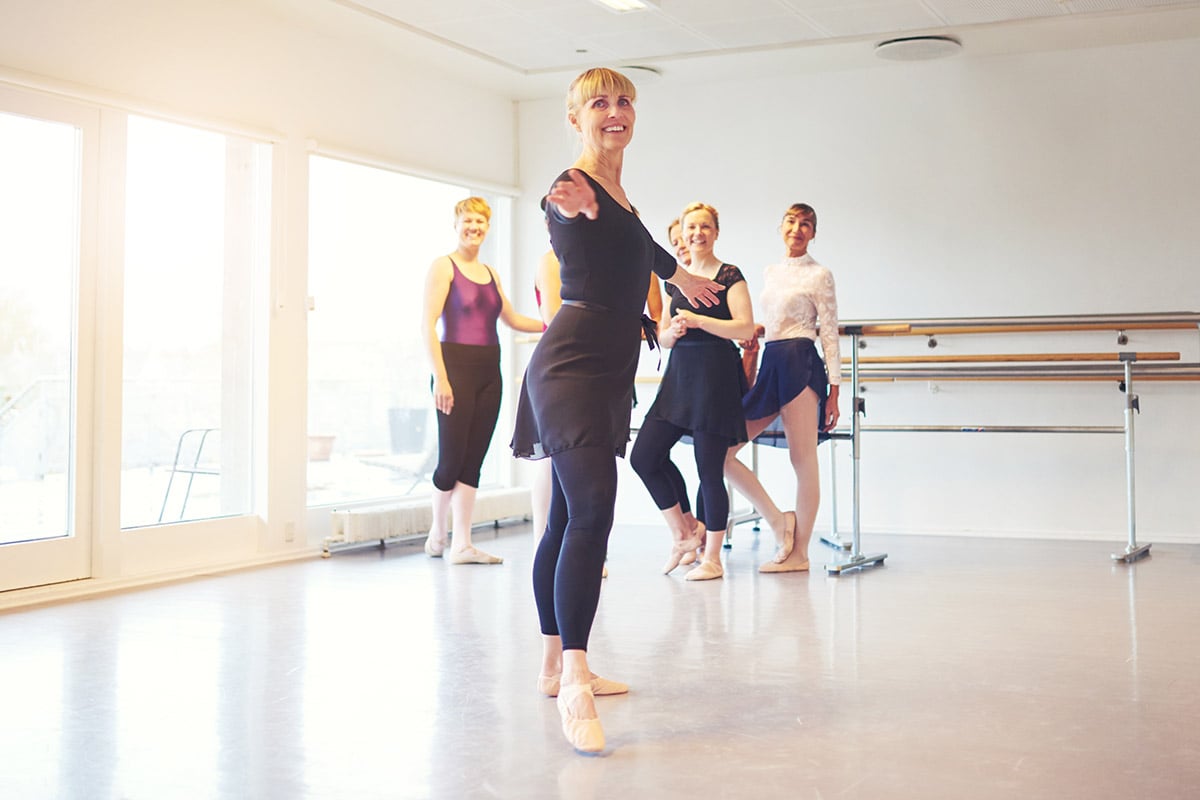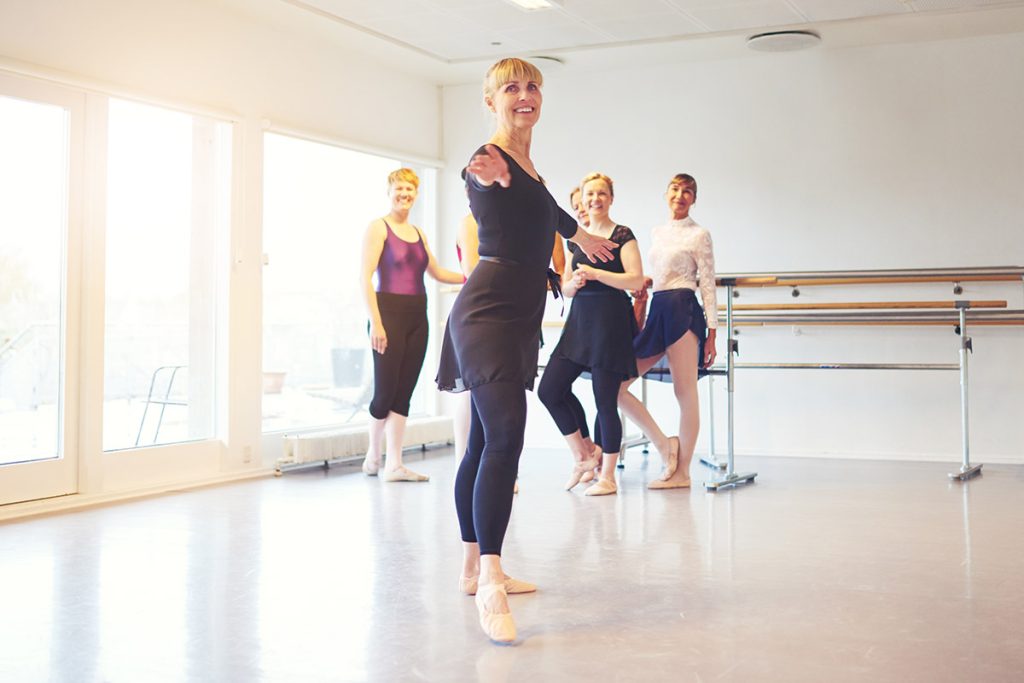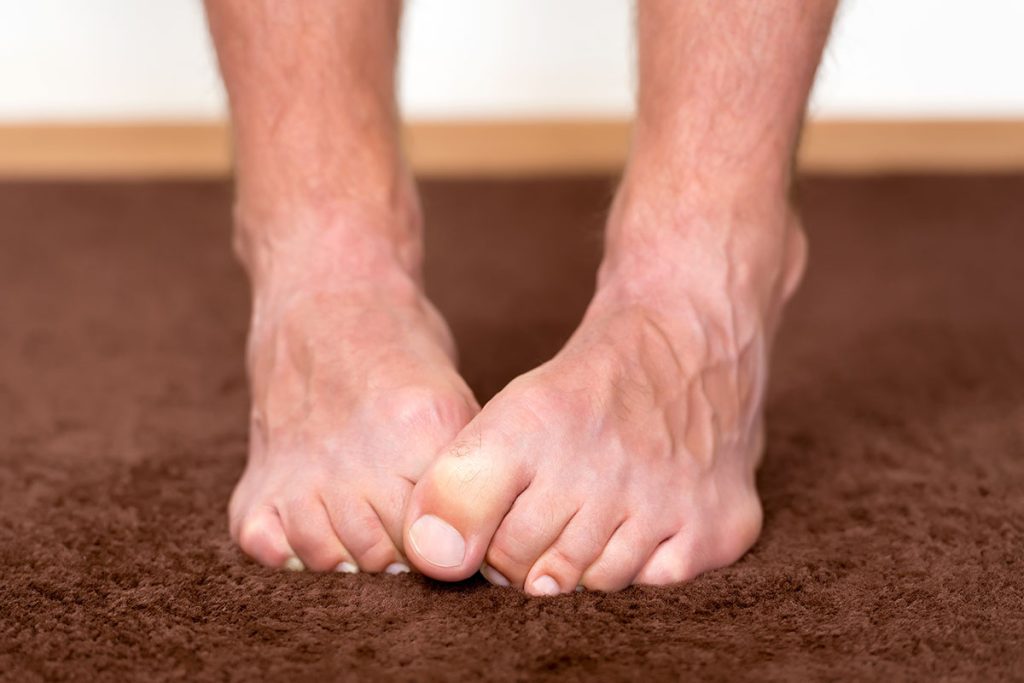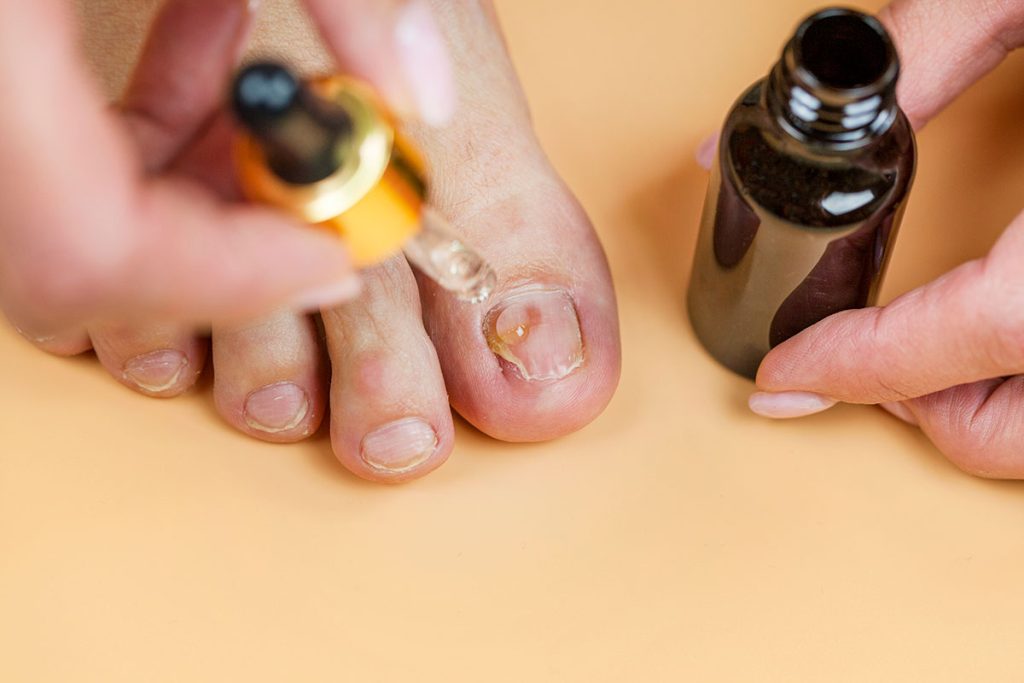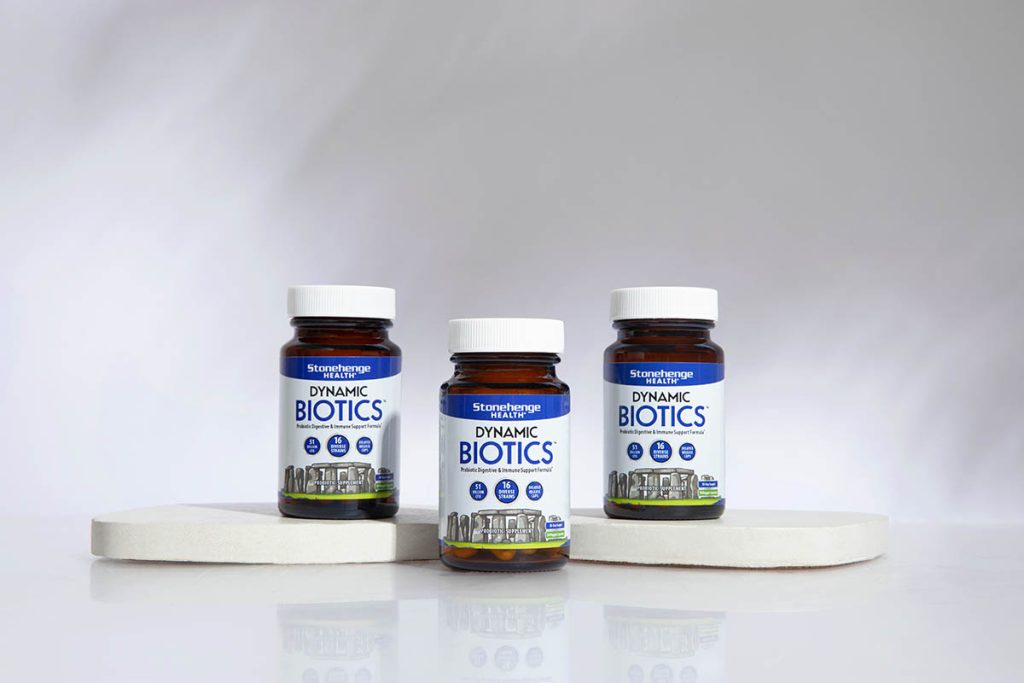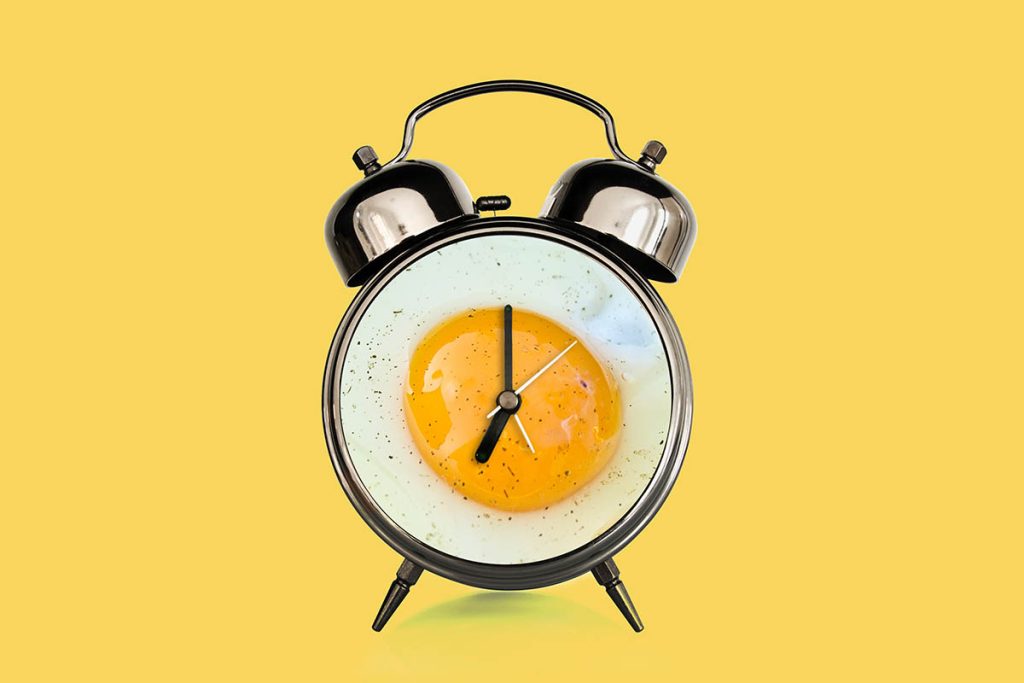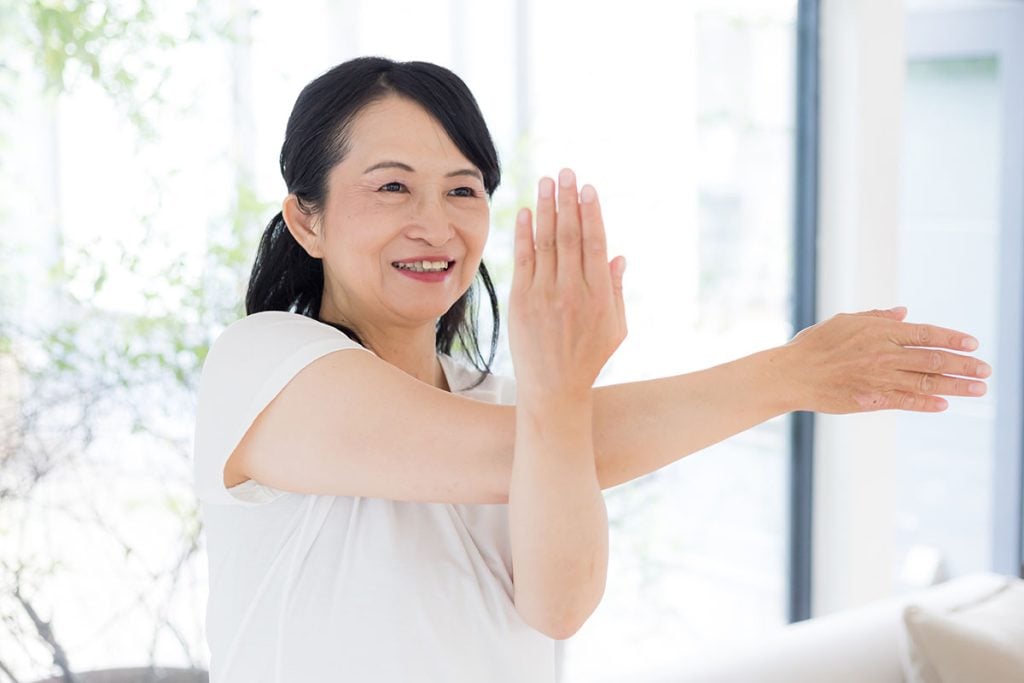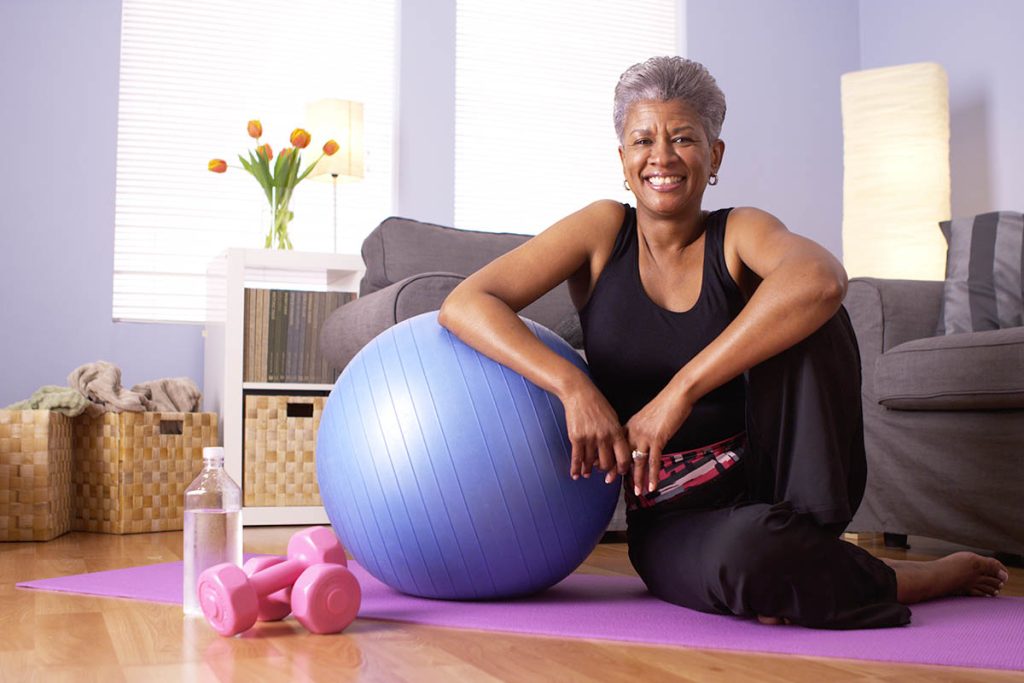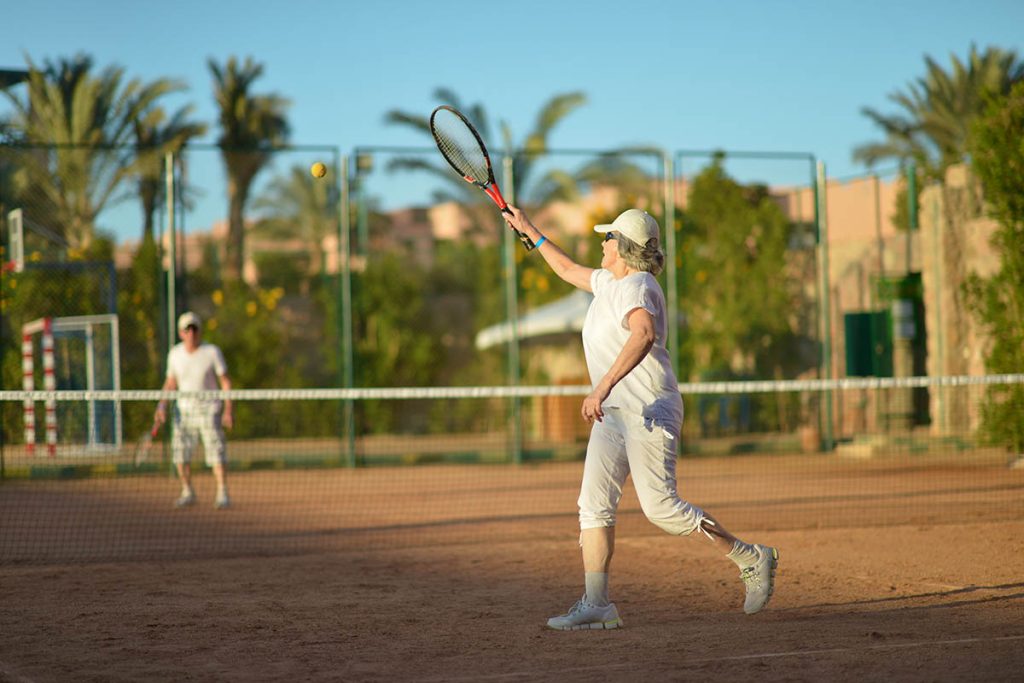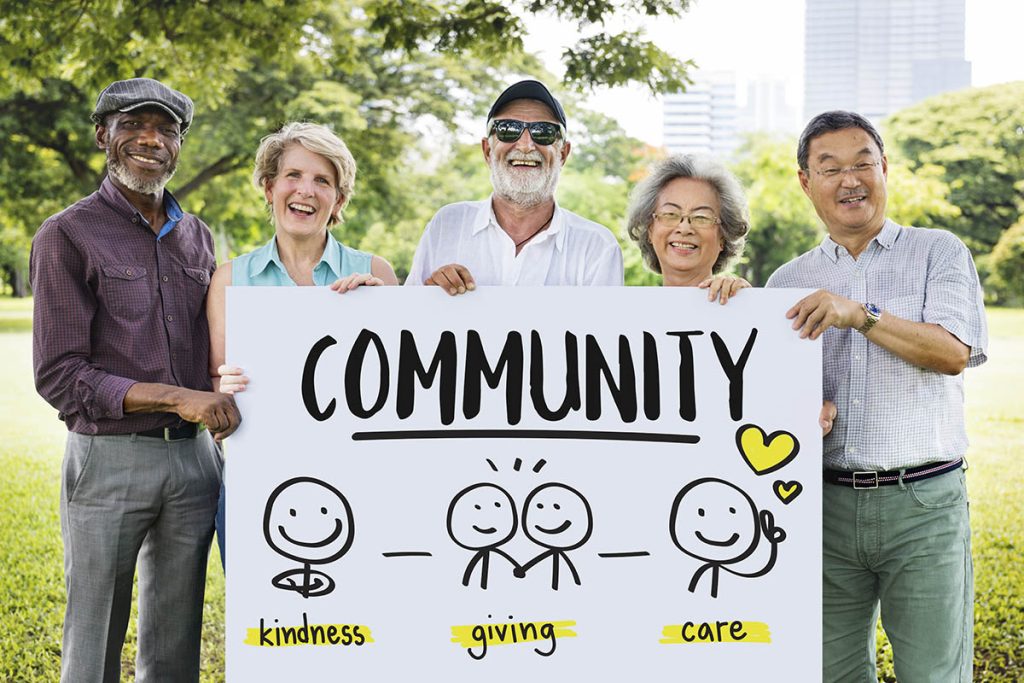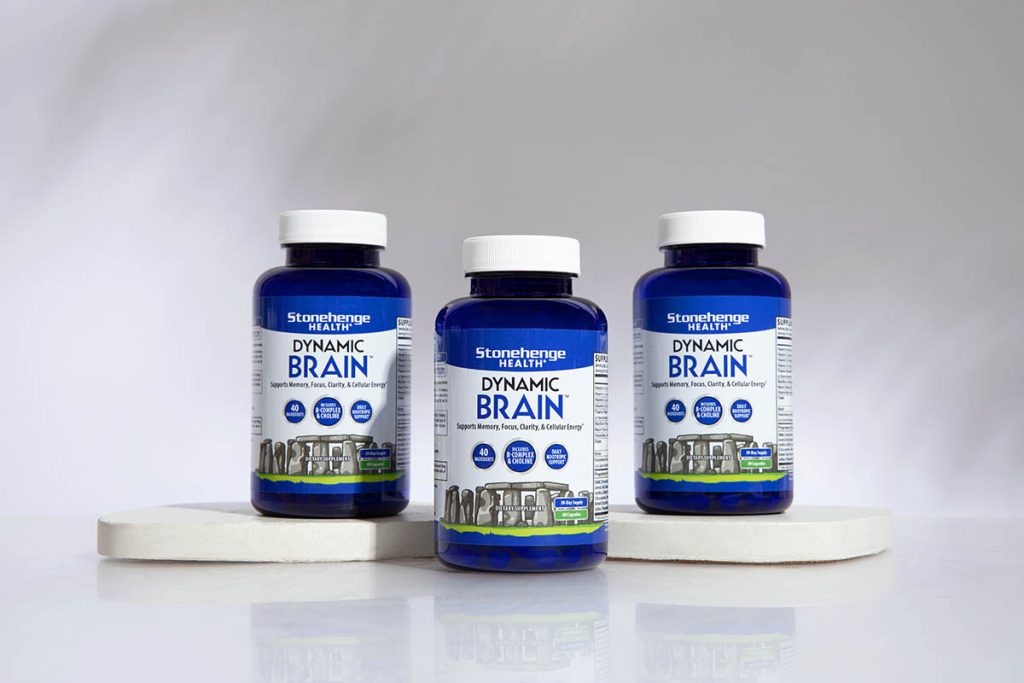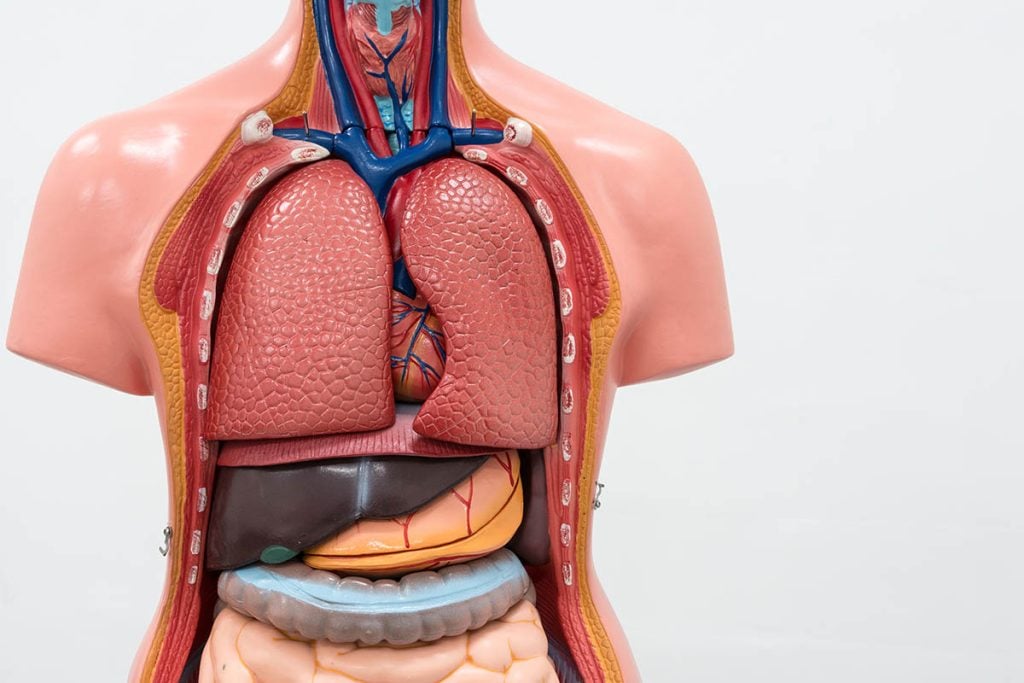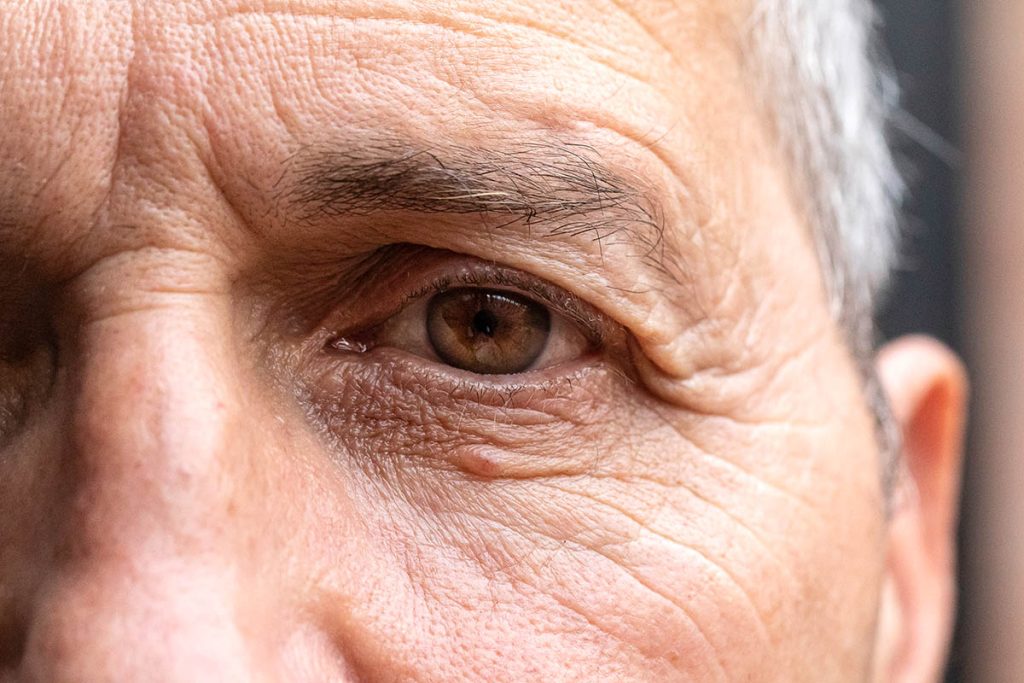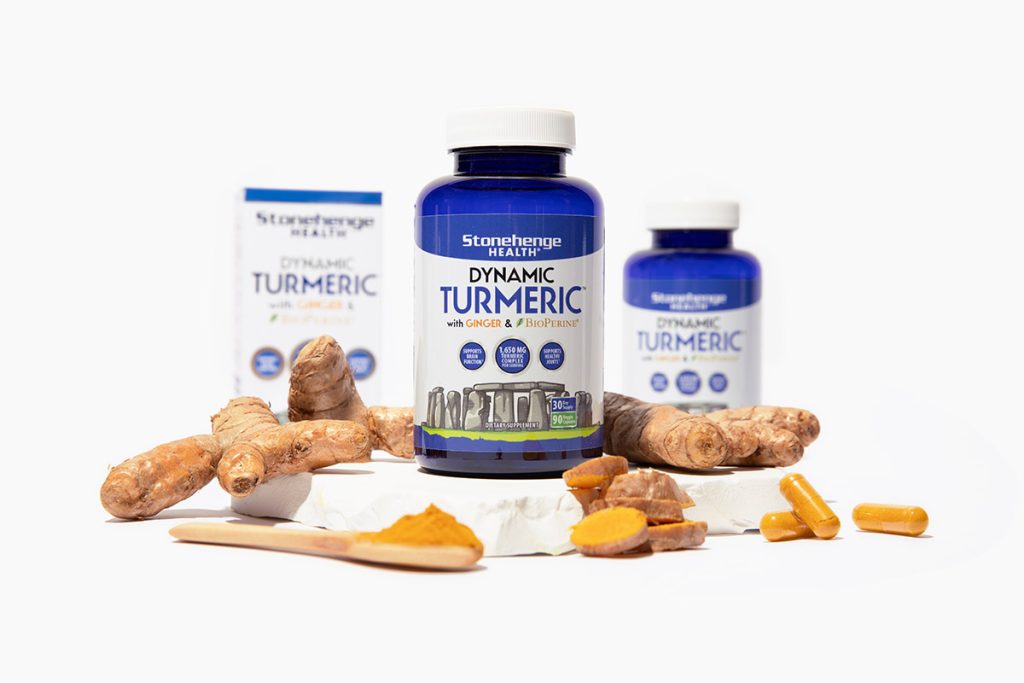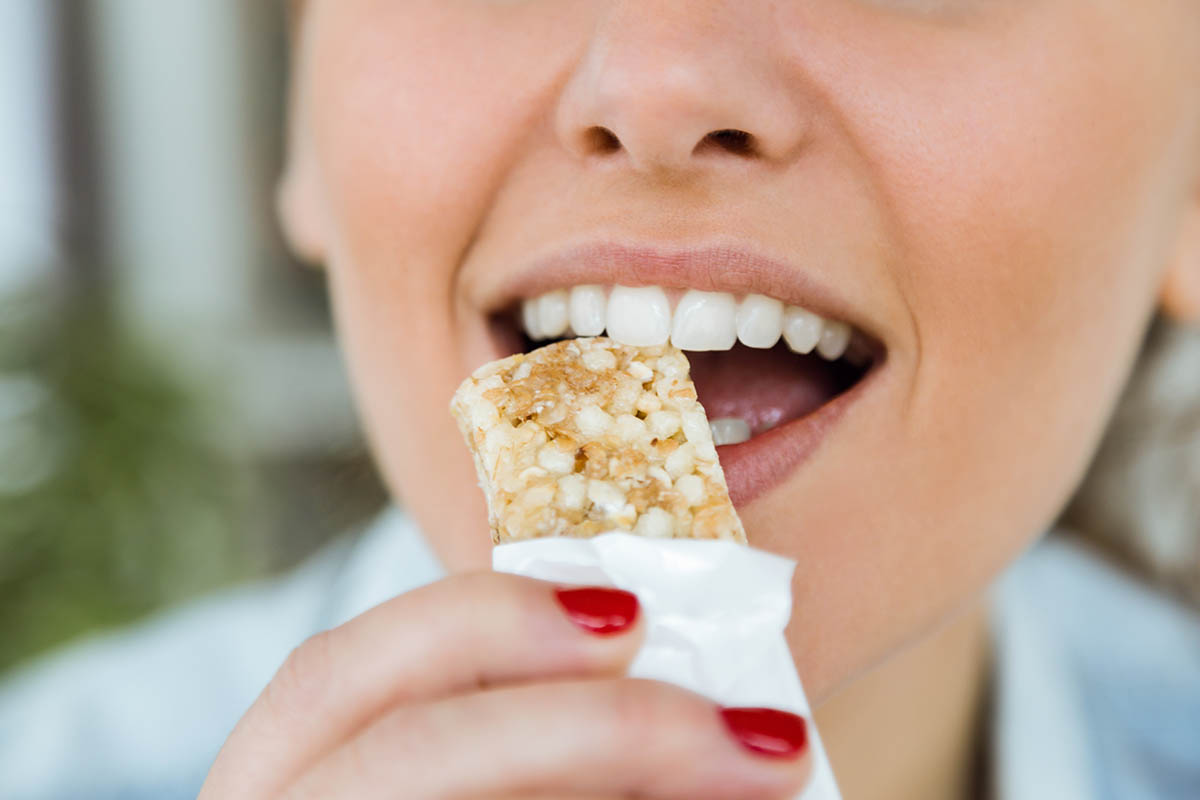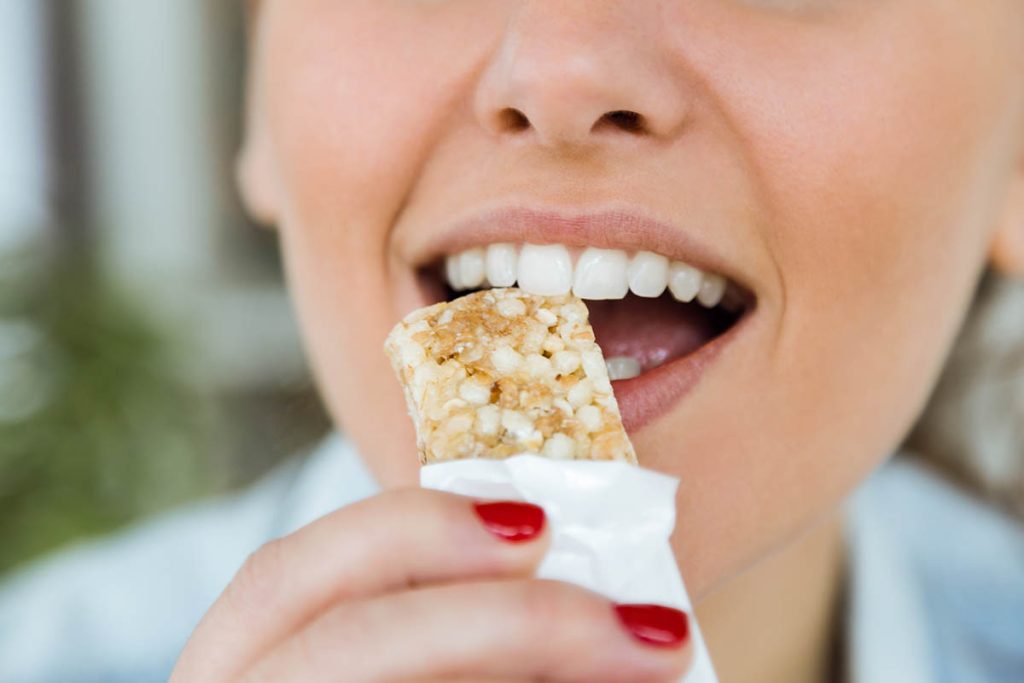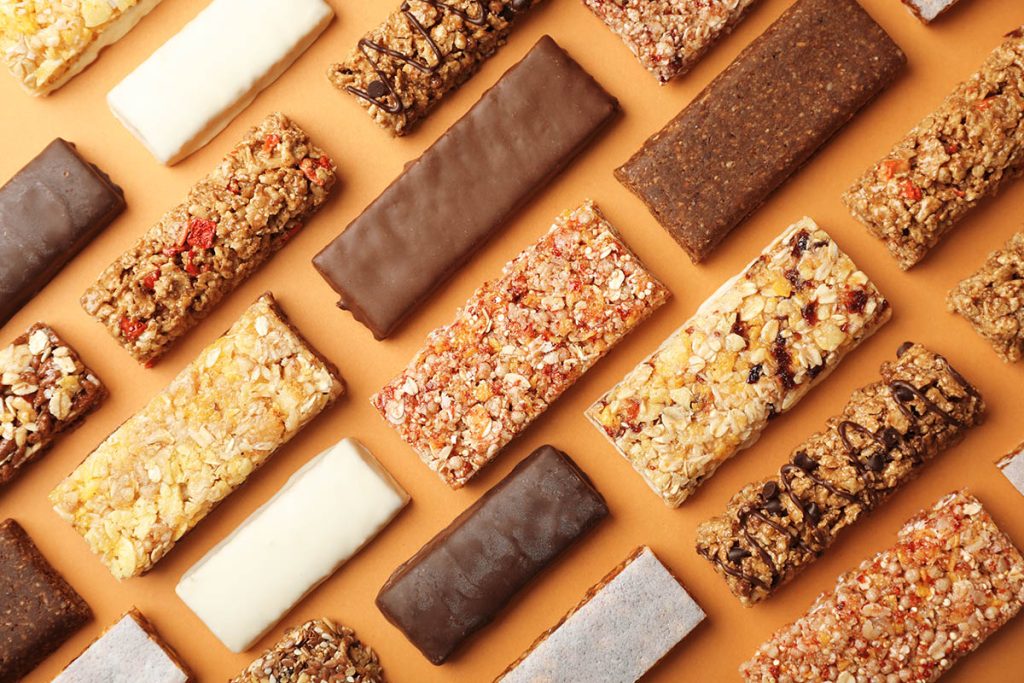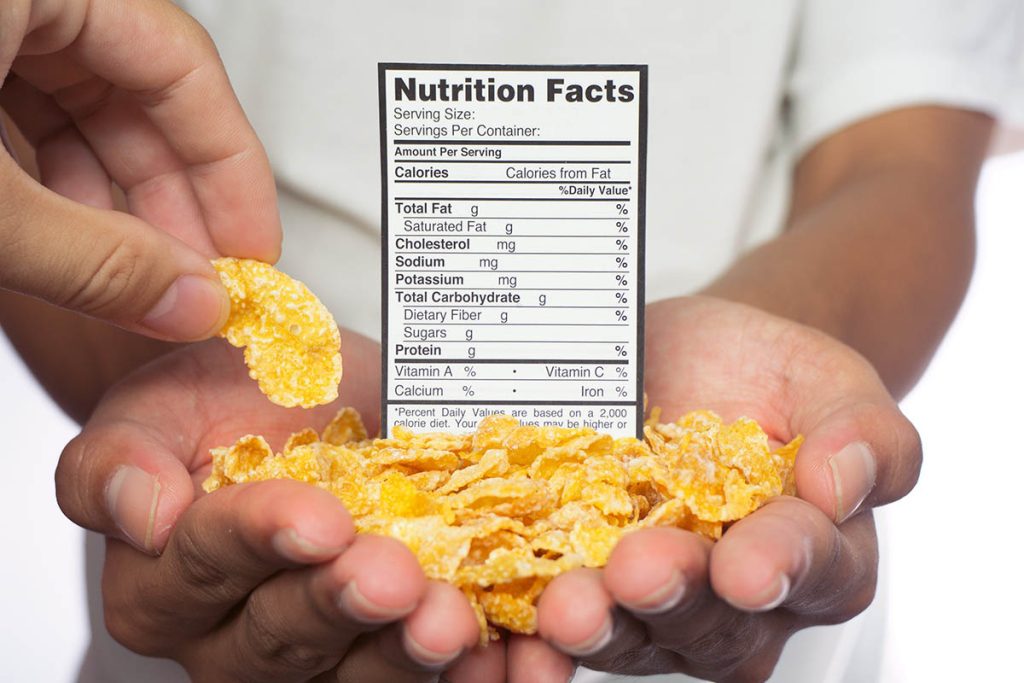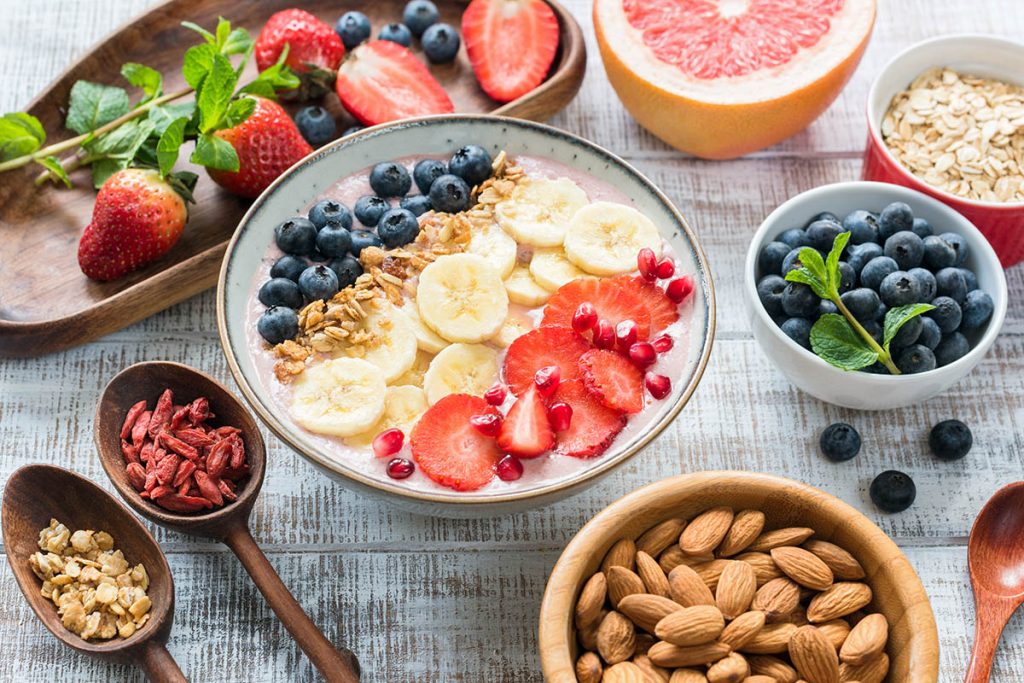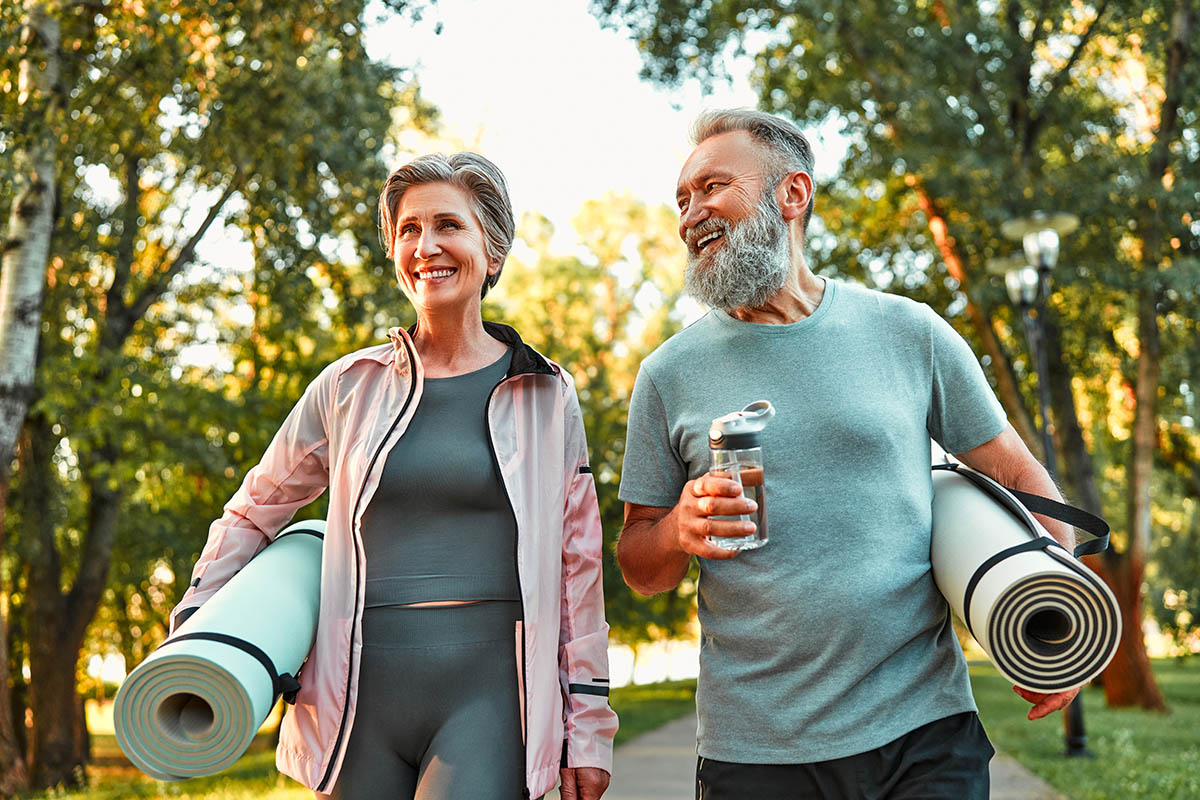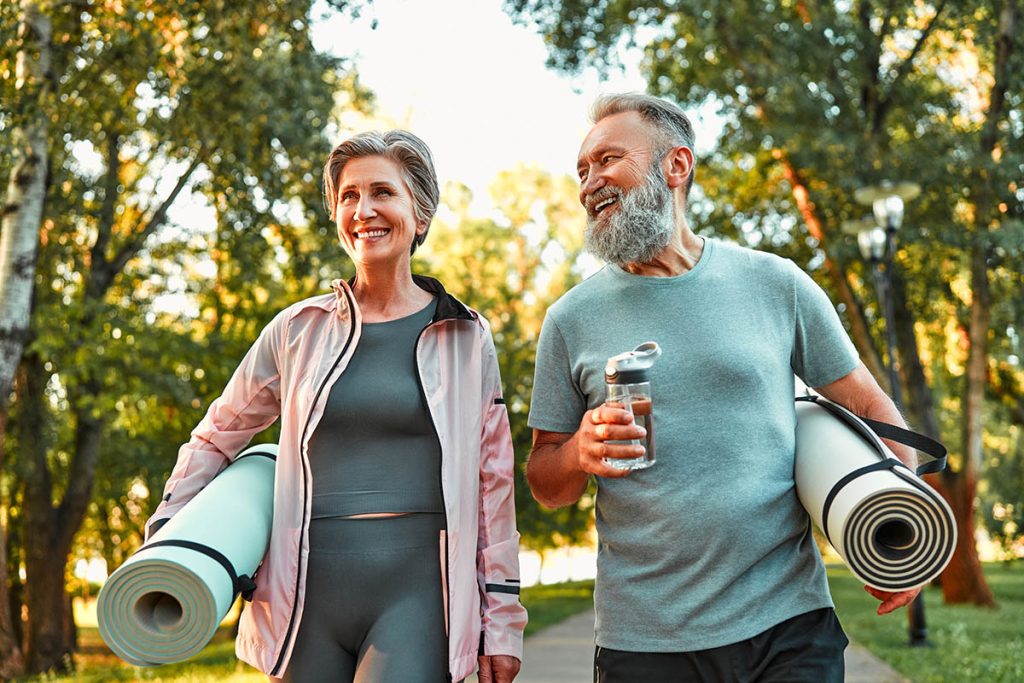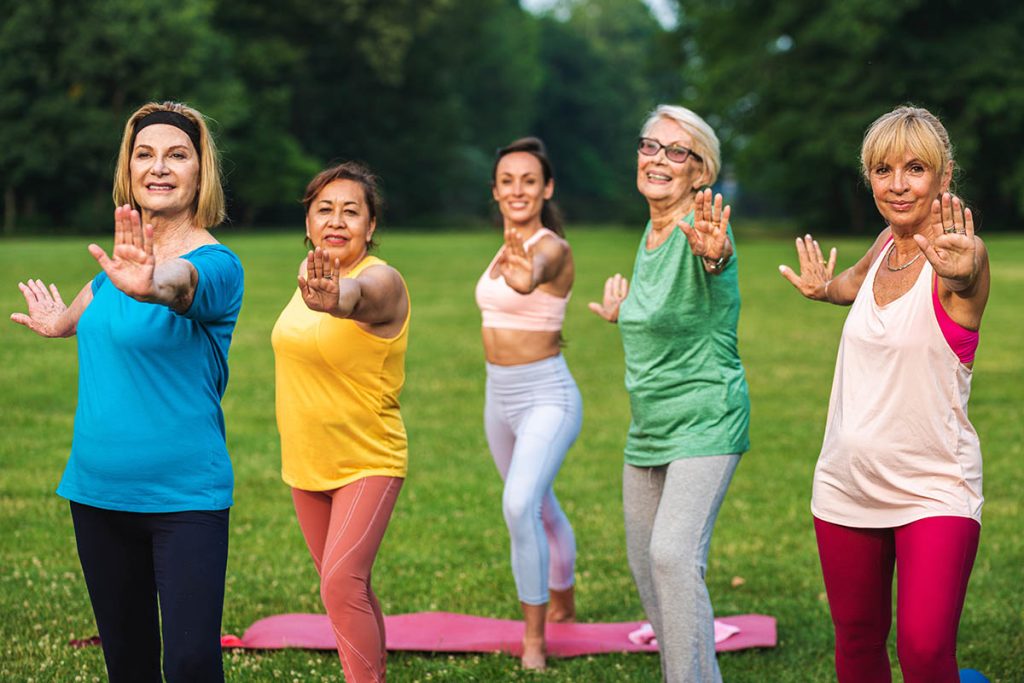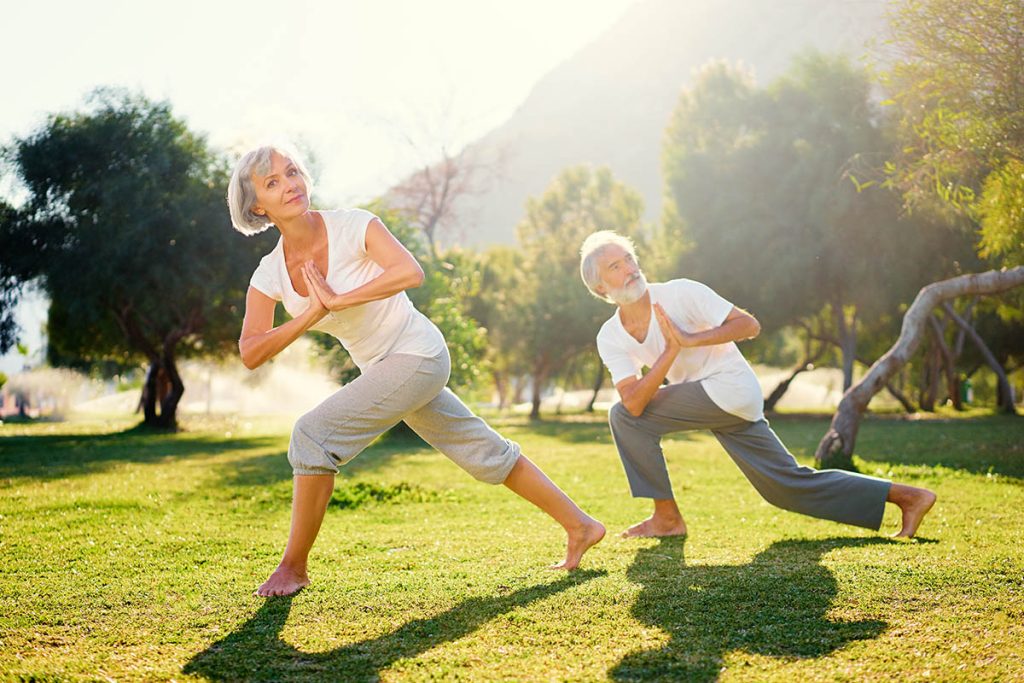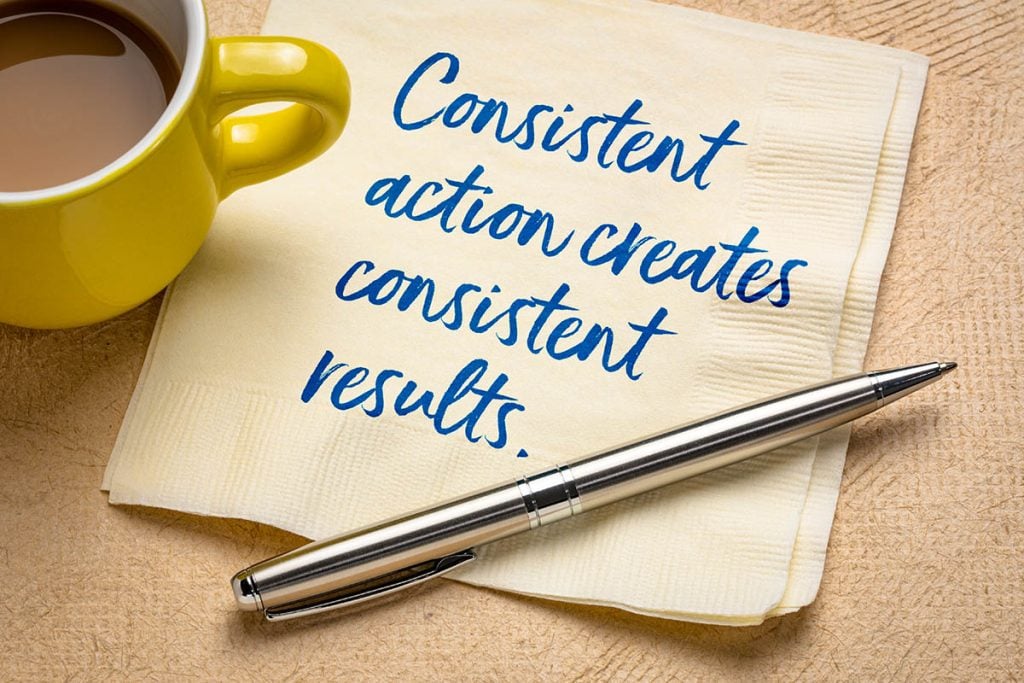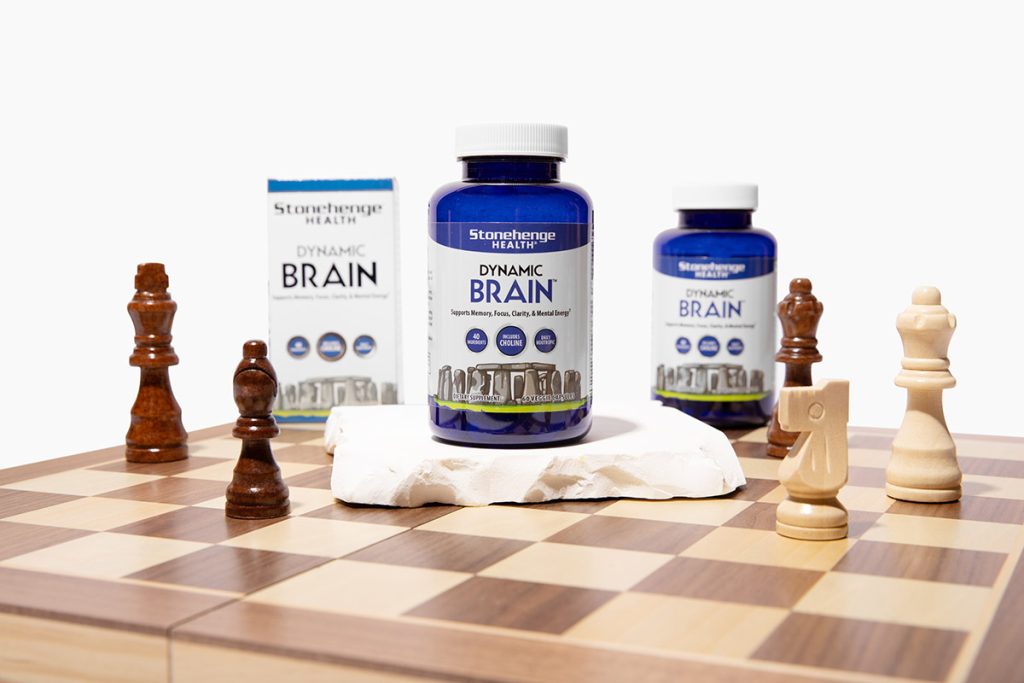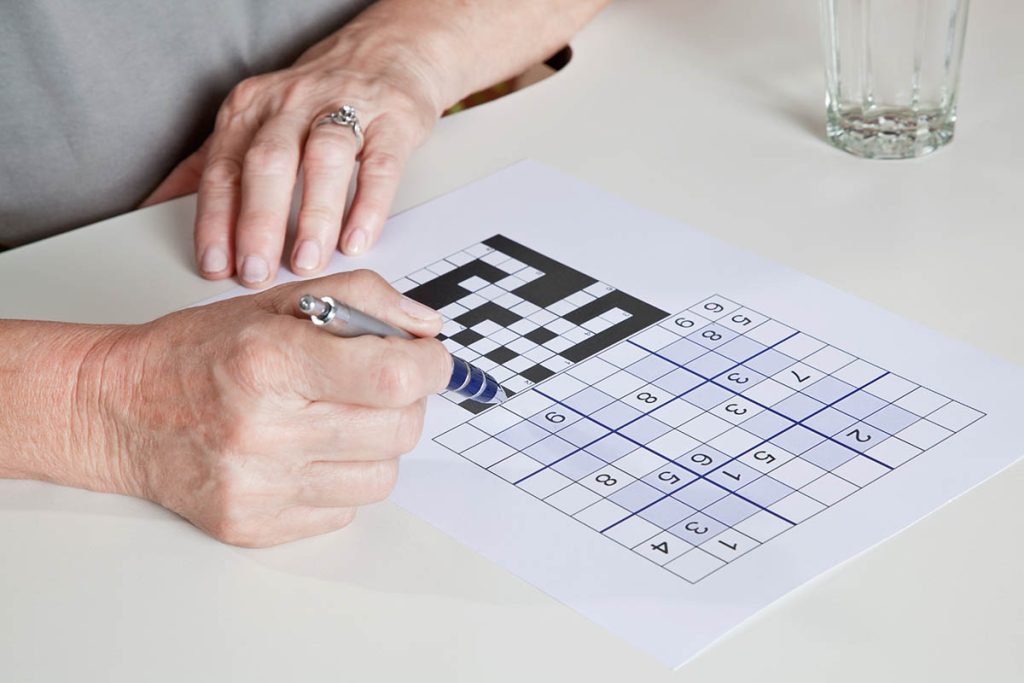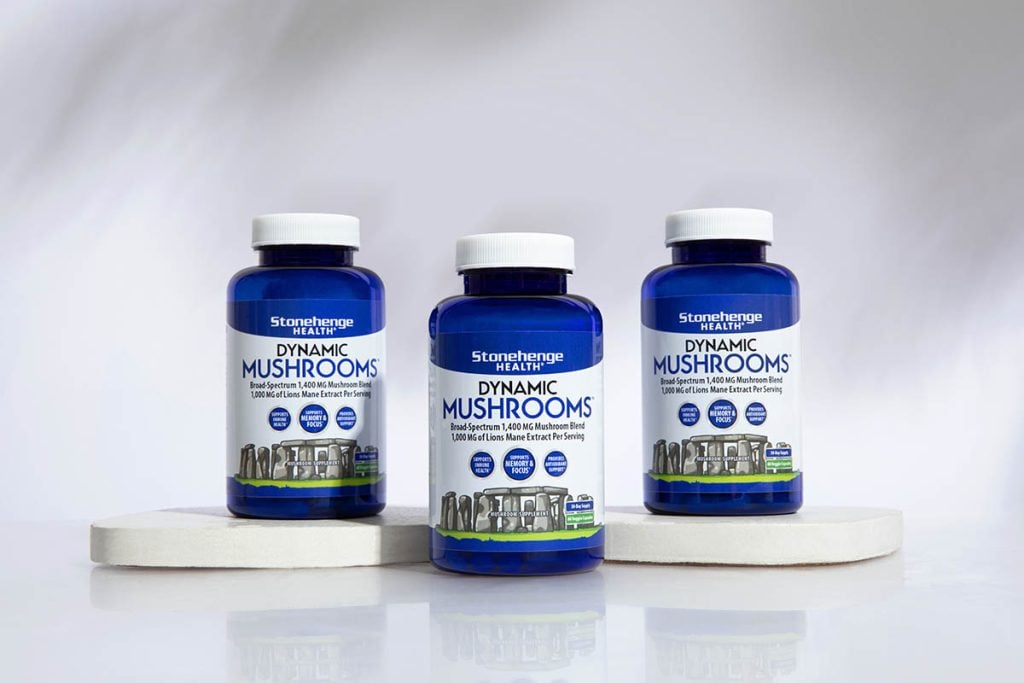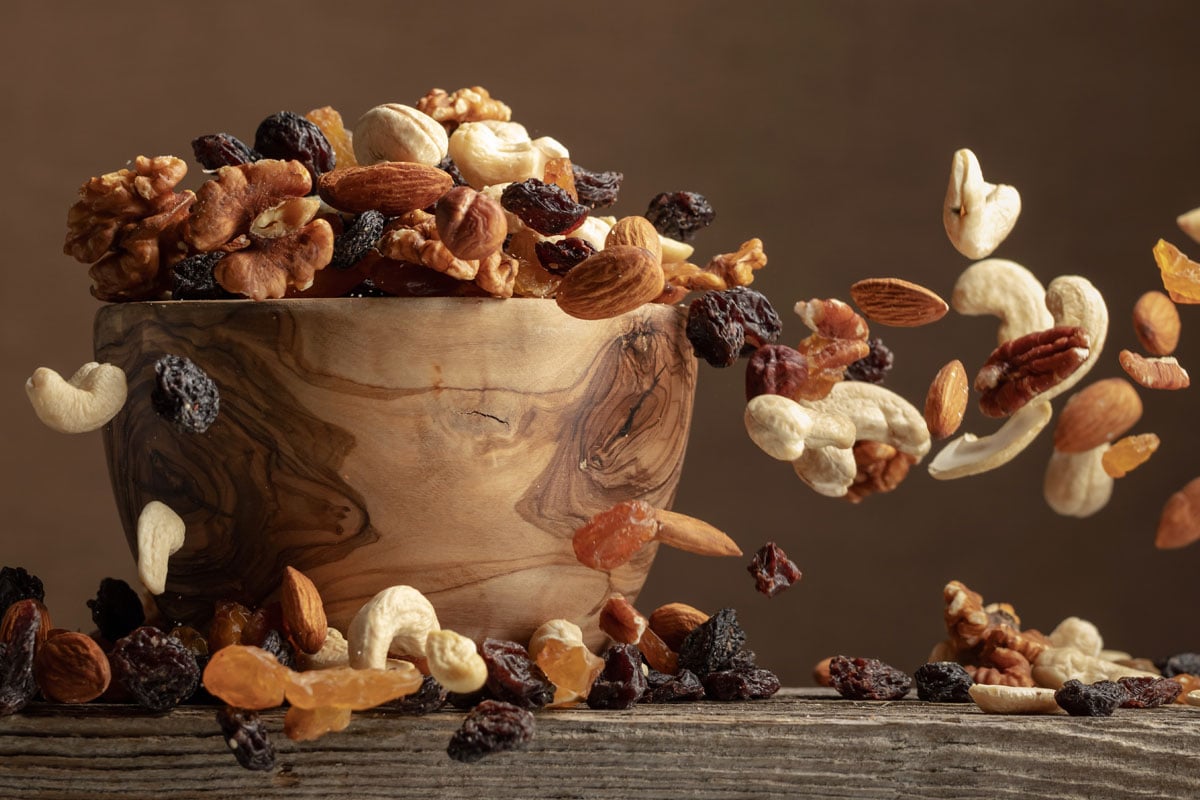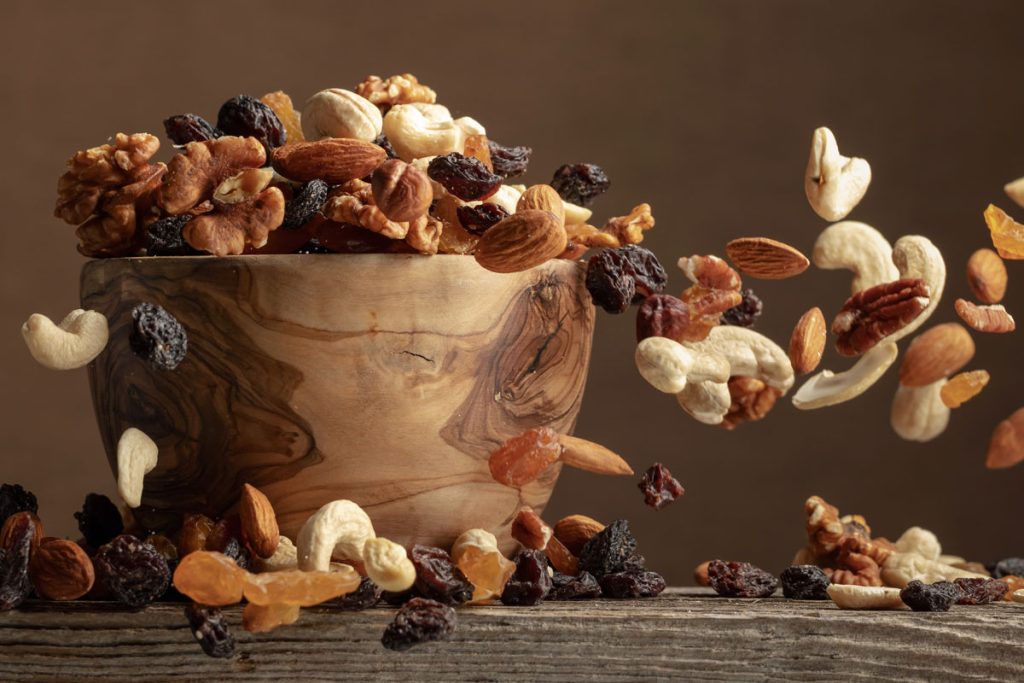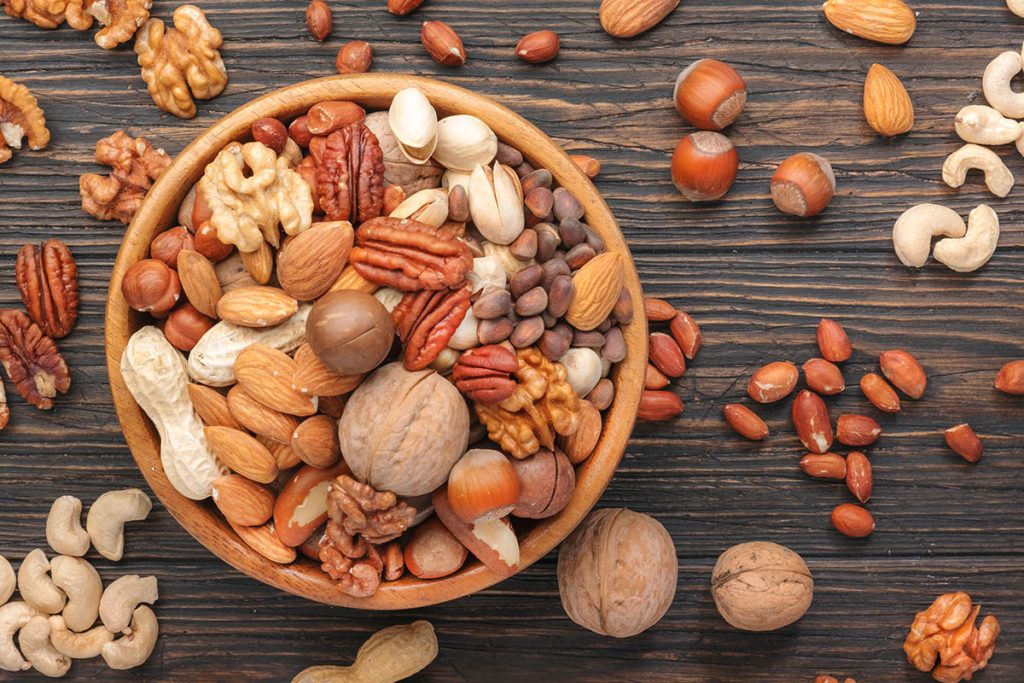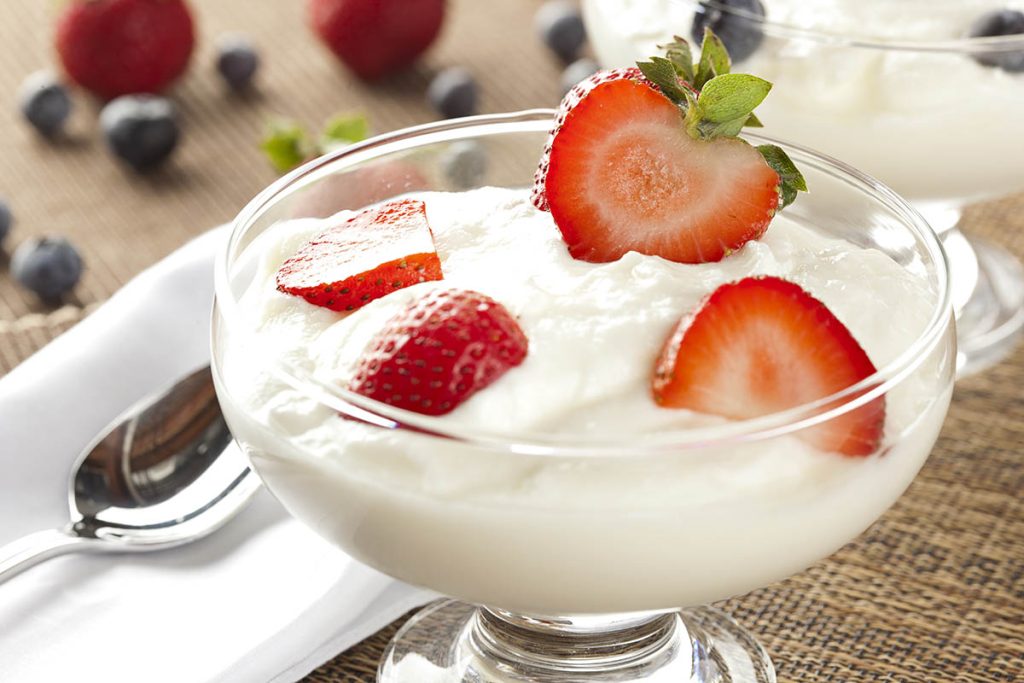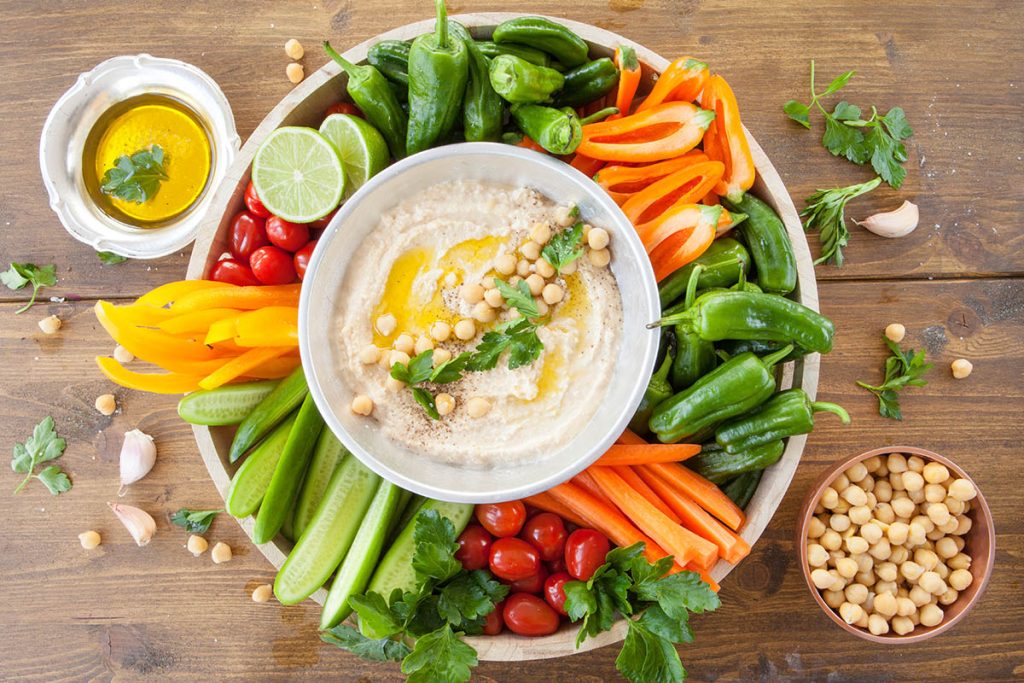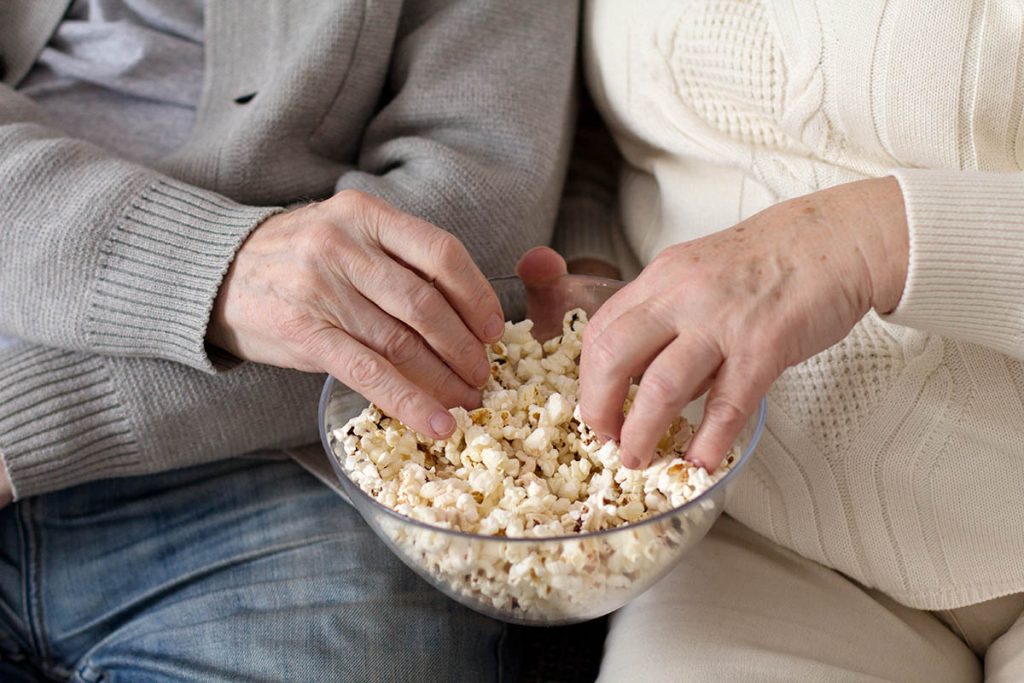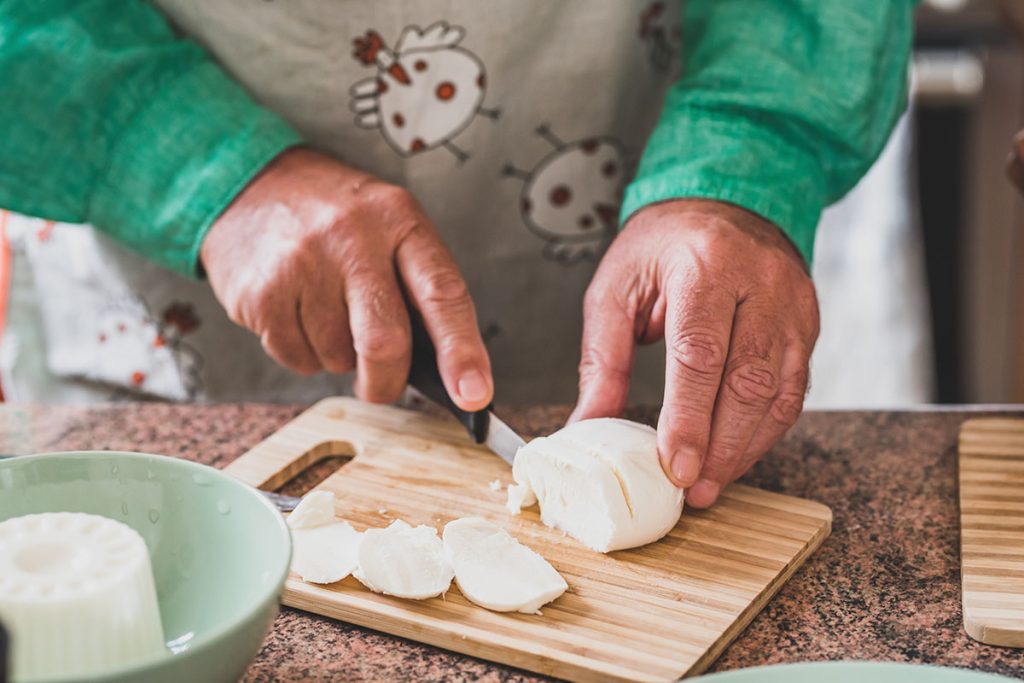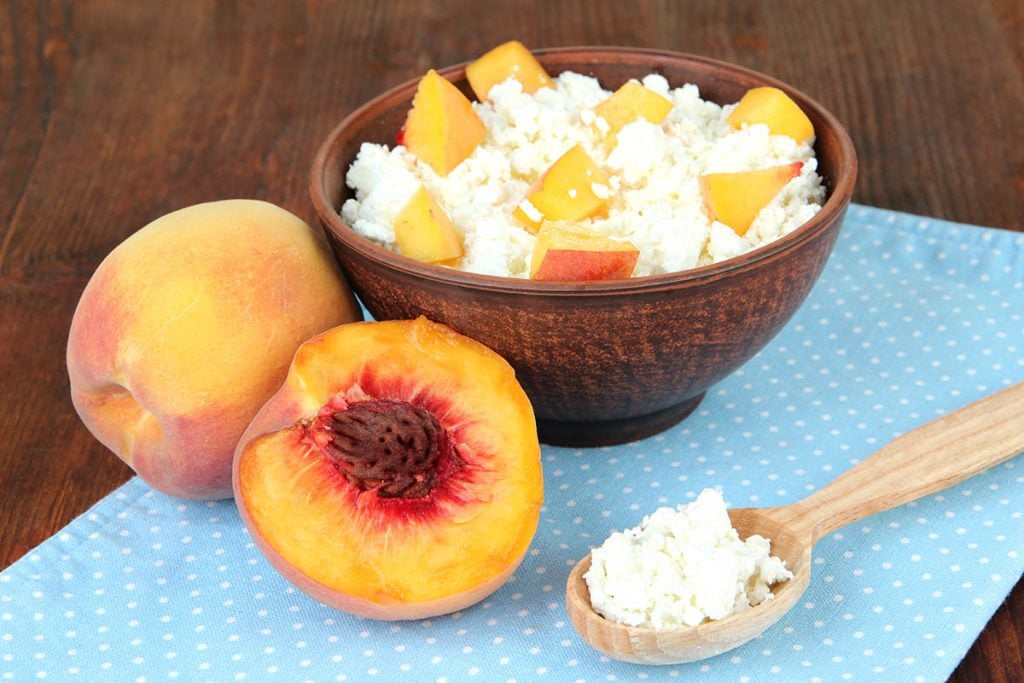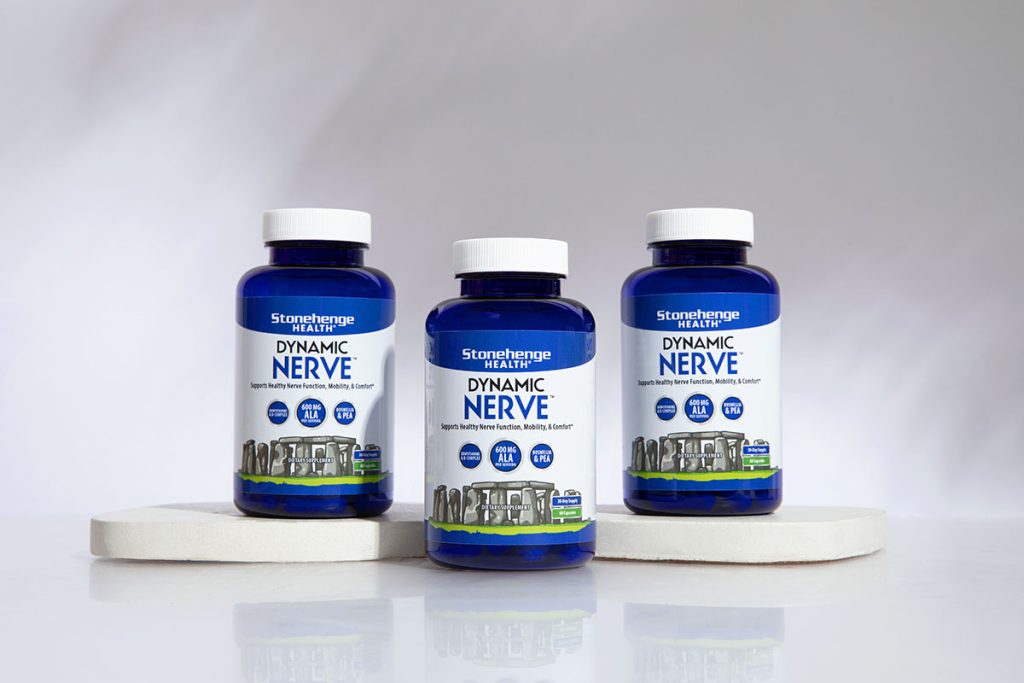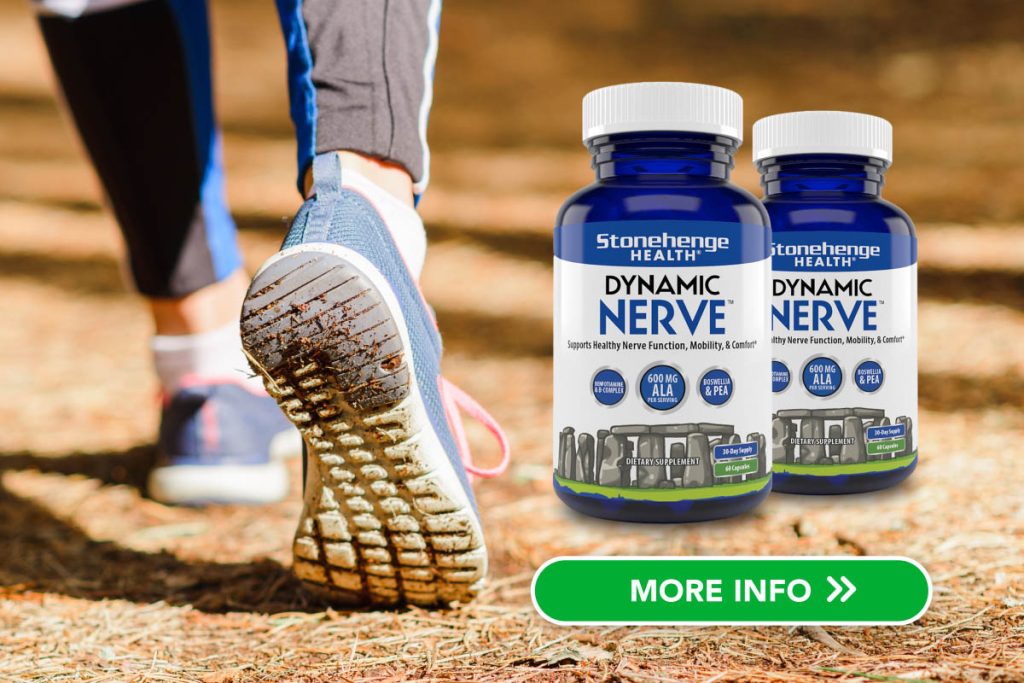
Most folks with an athletic background have heard of plyometrics.
It’s a common practice in sports training, but it actually does provide some value outside of athletics, as well.
In this article, we’re going to take a look at some of the ways in which plyometrics might be beneficial specifically for an older population. Let’s jump in.
What is plyometrics?
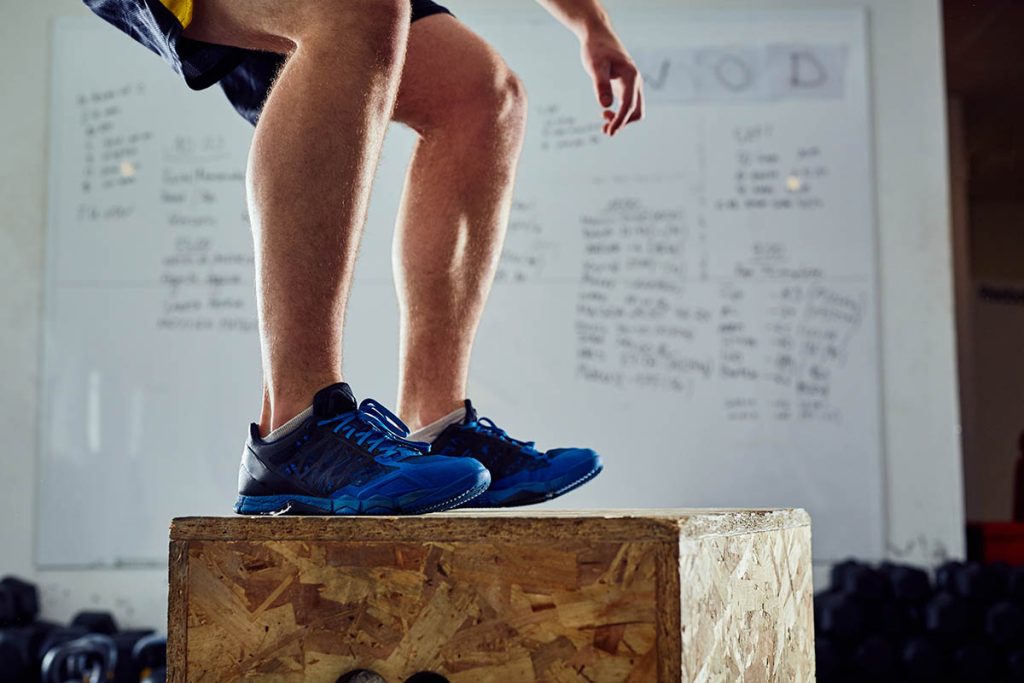
Plyometrics, also called “jump training,” are exercises designed to increase muscular power and explosiveness.
The primary purpose of plyometrics is to improve the speed and force of muscle contractions, which leads to greater power output for athletic movements.
This is achieved through the use of explosive, fast-acting exercises that stretch and then quickly shorten muscles, known as the stretch-shortening cycle (SSC). This cycle enhances the neuromuscular system’s efficiency and reactivity, making it fundamental for improving performance in various sports and physical activities.
Is plyometrics training good for older adults?

It depends.
We need to begin this section with two caveats:
1. Always consult your physician before starting any new exercise program
2. Plyometrics training consists of explosive movements; thus, caution is a necessity
In general, plyometrics is not a great option for beginners and is better suited for people who are already in decent physical shape; often with a sports background. With the proper approach, however, most people can get started safely with plyometrics.
How to prepare for a plyometrics exercise routine

Here are some tips to consider before starting a plyometrics workout:
• Health status: Individuals with cardiovascular conditions, joint issues, or osteoporosis should be cautious. High-impact exercises can pose risks, including falls, fractures, or worsening of existing conditions.
• Fitness level: Older adults who have been consistently active and have a solid base of strength and cardiovascular fitness may be able to include lower-intensity plyometric exercises under professional guidance.
• Adaptations and modifications: Plyometric exercises can be modified to be lower-impact, focusing on controlled movements rather than high jumps and rapid changes in direction. Such modifications can make plyometrics safer and more beneficial for seniors.
• Professional supervision: Consulting with a fitness professional, particularly one experienced in working with older adults, can help tailor a plyometric program to the individual’s needs, ensuring exercises are performed safely and effectively.
• Gradual progression: It’s crucial for older adults to start slowly, with low-intensity plyometric exercises, gradually increasing intensity as their strength and endurance improve.
• Focus on safety: Incorporating balance and strength training exercises alongside modified plyometrics can help improve overall stability, reducing the risk of falls.
That said, there is plenty to be gained by adding plyometrics to your fitness routine.
Benefits of plyometrics
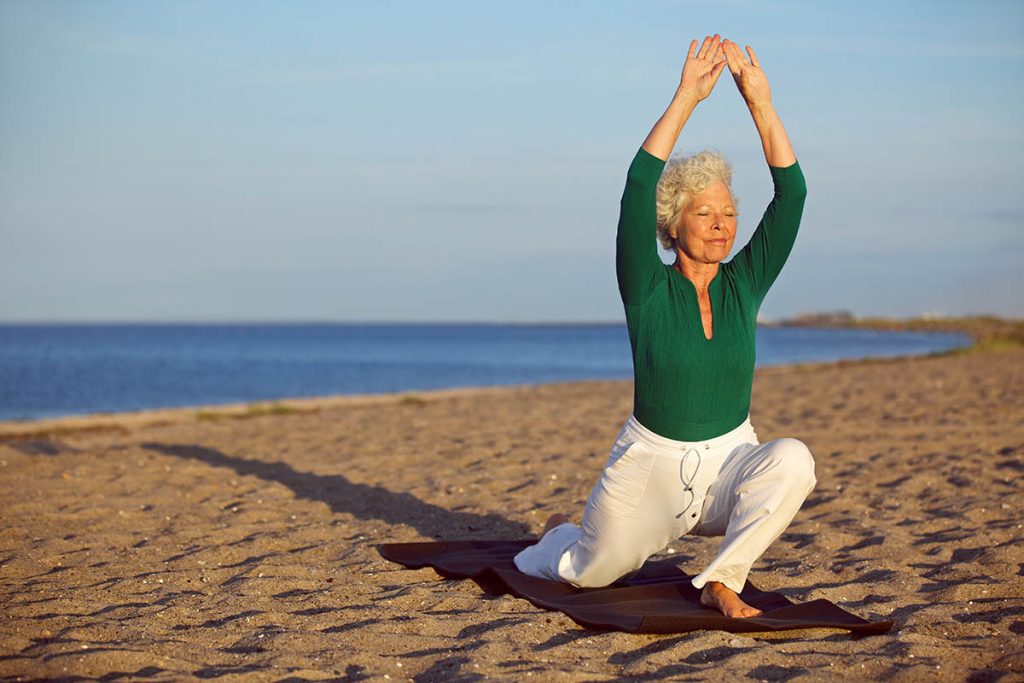
Beyond the primary benefits of plyometrics, such as improved athletic performance and increased muscle strength, there are several additional secondary health benefits people can obtain:
• Enhanced coordination and balance: Plyometric exercises often involve complex, multi-joint movements that require coordination and balance. Over time, these exercises can improve neuromuscular control and proprioception.
• Improved bone health: The impact forces associated with many plyometric exercises can stimulate bone growth and improve bone density, which is important for preventing osteoporosis.
• Increased metabolic rate: Plyometric training is high-intensity and can increase the amount of calories burned during and after exercise, contributing to fat loss and improvements in body composition.
• Better Cardiovascular Health: The intensity of plyometric exercises can also provide cardiovascular benefits, improving heart health and endurance.
• Enhanced joint mechanics: Properly performed plyometric training can improve the mechanics of the knees, hips, and ankles, potentially reducing the risk of injury in these areas.
With the proper approach, you can enjoy the health benefits of plyometrics training while staying safe.
Take your training to the next level with Dynamic Turmeric
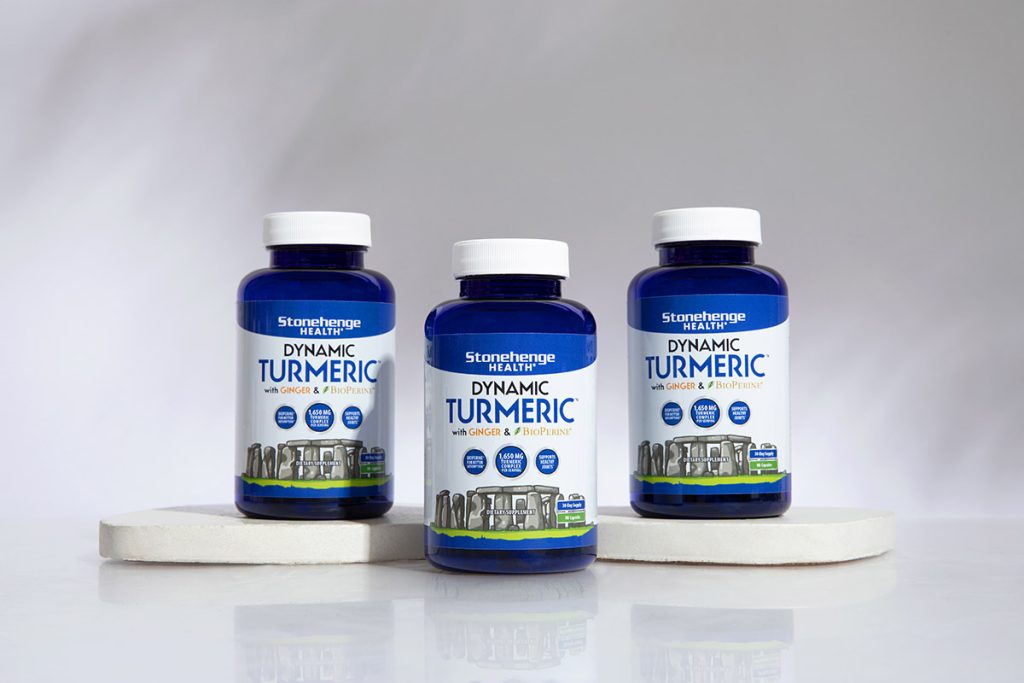
If you want to get the most out of your plyometrics training, consider supplementing your diet with Dynamic Turmeric from Stonehenge Health.
Athletes of all shapes, sizes, and ages use turmeric supplementation because of its widely recognized anti-inflammatory and antioxidant properties, which contribute to its potential benefits for joint health.*
Turmeric has also been found to help support immunity, brain function, digestive health, and healthy joints. Many people across the globe even use turmeric for its abilities to help as an antioxidant, detoxifier, and its mood-improving capabilities.*
Check out Dynamic Turmeric from Stonehenge Health today.




